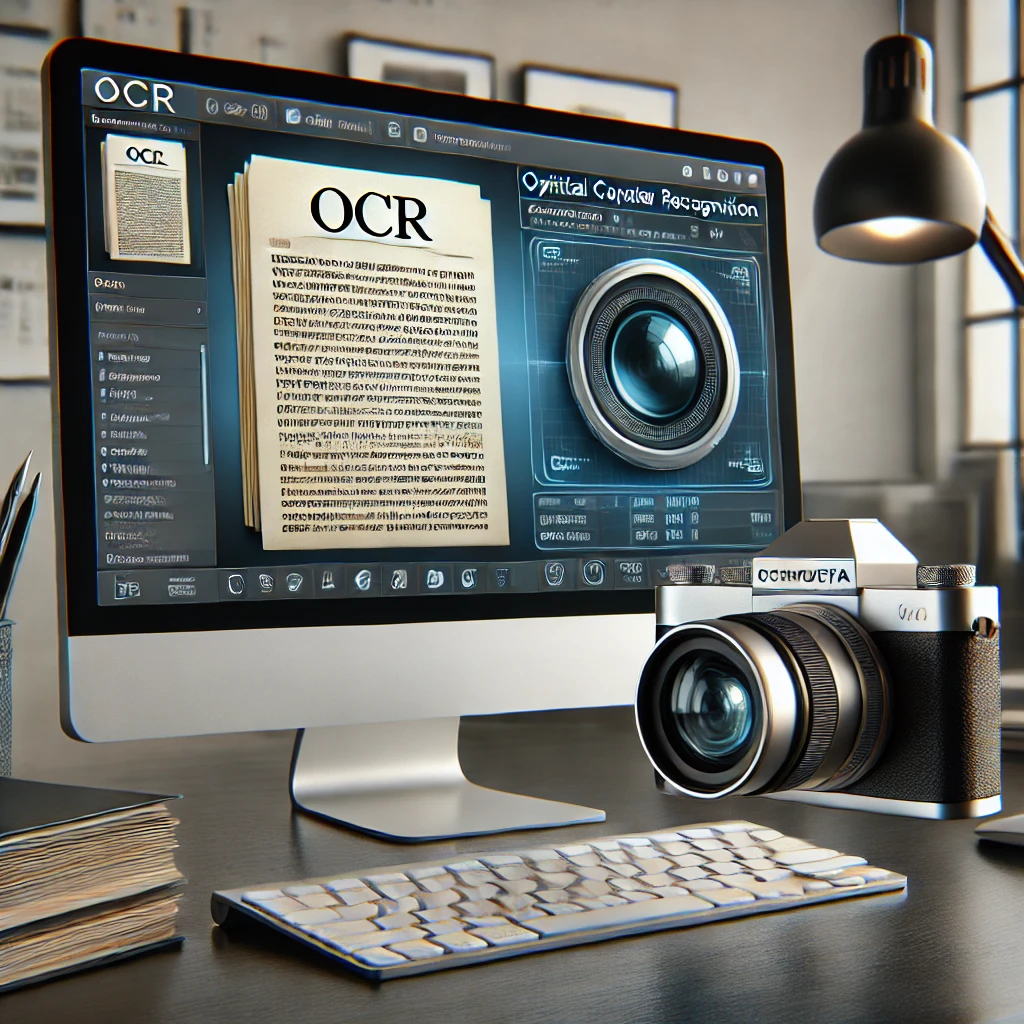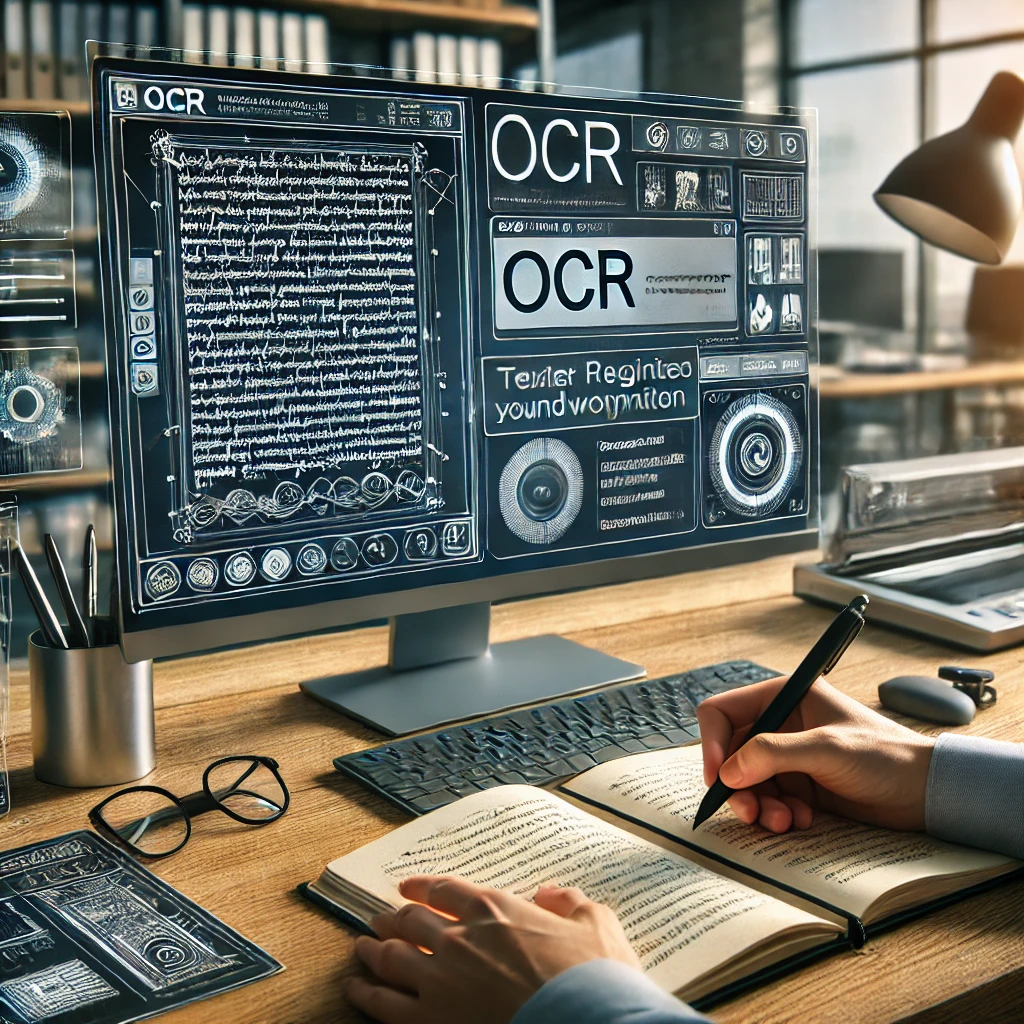
Which algorithm is used to detect text in images?
In the age of digital media, the ability to detect text in images is a critical tool for various applications, ranging from automated data entry to real-time translations. Optical Character Recognition (OCR) technology has advanced significantly, enabling efficient and accurate text detection in images. This article explores the top algorithms that power OCR systems, offering insights into how they work and their applications across different industries.
Understanding OCR Technology
Optical Character Recognition (OCR) is the technology used to discern printed or handwritten text characters within digital images of physical documents, such as scanned papers and photos.It is useful to detect text in images. OCR not only helps convert text in a single image but also facilitates the digitization of entire libraries of documents into editable and searchable formats. This is pivotal for data processing in many sectors, including finance, law, and academia.
Key Benefits of OCR Technology
- Efficiency: Automates the data entry process, significantly reducing time and labor costs.
- Accuracy: Minimizes human errors in transcribing documents.
- Accessibility: Converts physical documents into accessible digital formats.
- Searchability: Enhances the ability to search through large volumes of text quickly.
Top Algorithms for Text Detection in Images
Several sophisticated algorithms have been developed to improve the accuracy and speed of OCR systems. Here’s a look at some of the most effective ones:
1. Tesseract OCR
EAST is an algorithm designed for detecting natural scene text due to its ability to recognize text in arbitrary orientations. This makes EAST highly effective for applications like street sign reading and navigation aids. It uses a non-traditional approach by directly predicting words or text lines without a prior region proposal step, making it faster than many other OCR algorithms.
Developed initially by HP and later advanced by Google, Tesseract is an open-source OCR engine that supports over 100 languages. The algorithm works well with block letters and has been continuously updated to improve its accuracy with cursive handwriting. Tesseract is versatile in handling various fonts and languages and can be trained to recognize new fonts and languages.

2. EAST: Efficient and Accurate Scene Text Detector
Also check: How to Convert Handwritten Notes to Text in OneNote
3. CRNN: Convolutional Recurrent Neural Network
CRNN combines both convolutional neural networks (CNNs) and recurrent neural networks (RNNs) to process image data and predict sequences, respectively. This combination is particularly potent for recognizing the sequence of characters in images. CRNN is effective in handling texts with variable shapes and lengths and is commonly used in license plate recognition and handwriting analysis.
4. Attention OCR
Based on neural networks, Attention OCR employs a mechanism that learns to focus selectively on parts of the image while ignoring others. This is beneficial for reading texts in cluttered scenes or documents where the text might be partially obscured. It adapts well to different text sizes and fonts, making it versatile for various OCR tasks.
5. Google Cloud Vision API
Leveraging Google’s advanced machine learning models, the Cloud Vision API can detect text within images and differentiate between printed and handwritten text. It’s robust in handling poor image qualities and supports a broad range of languages, making it suitable for global applications.
Applications of OCR Technology
OCR technology is instrumental across multiple fields:
- Legal and Financial Services: Automates document analysis and data extraction, speeding up case reviews and financial audits.
- Healthcare: Helps in digitizing patient records and prescriptions for better management.
- Retail: Assists in inventory management by digitizing product labels and descriptions.
- Education: Enables the digital transformation of educational materials, making them more accessible.
Conclusion
The algorithms powering OCR technology have transformed how we interact with printed and handwritten texts in images. From Tesseract’s versatility to the precision of EAST and the intelligent focus of Attention OCR, these tools offer a range of solutions tailored to meet diverse needs. As OCR technology continues to evolve, its impact is set to expand, further integrating the physical and digital worlds for seamless information access and management.
FREE Image to TEXT is designed based on OCR technology. You can use this tool to convert multiple images to text online.
